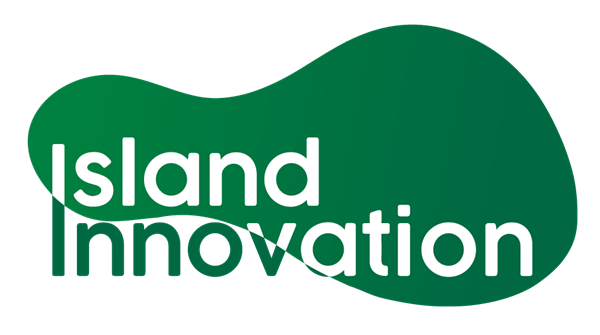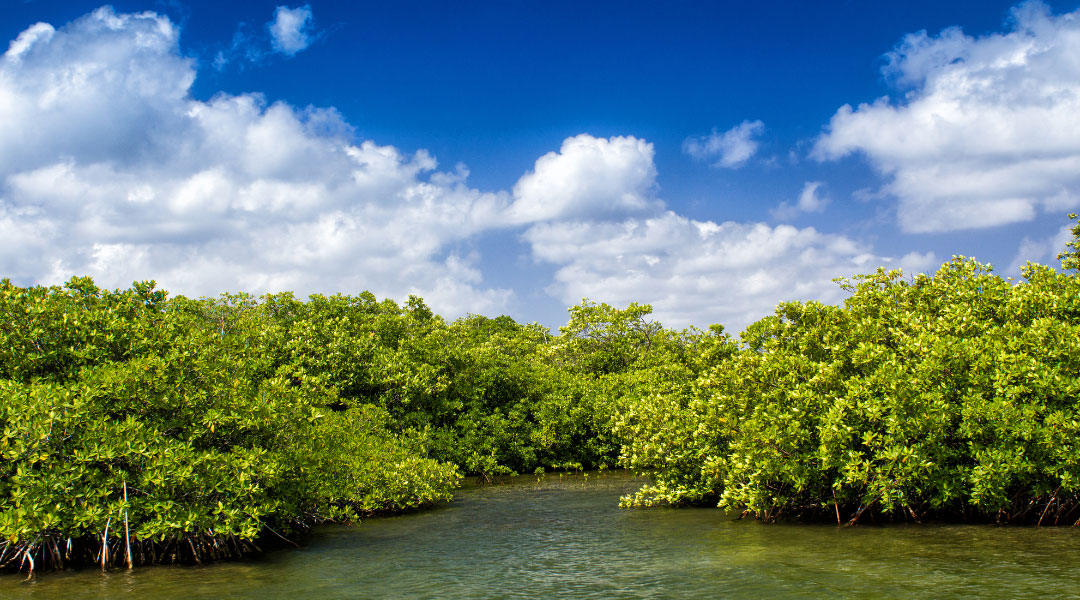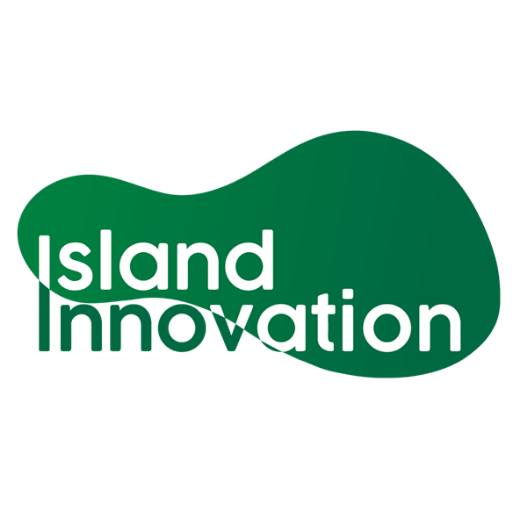The conservation of island ecosystems plays an important role in securing the future of local communities who rely on the environment for cultural, social, and economic benefits. In its virtual premiere, Grand Cayman, The Documentary celebrates the power of storytelling and its ability to convey important messages about the environment and sustainability. The film showcases the wildlife and natural beauty of the Cayman Islands, while also highlighting the challenges faced by island communities.
A panel consisting of Winston Connolly, Managing Partner Chancery ESG, Matt Stockreiter, Cinematographer and Grand Cayman Filmmaker, Daniel Cervenka, Founder, The Convergence, Tasha Ebanks, Cayman Islands Government Representative, Claire Sharrock, Producer, Silverback Films, and Ian Redmond, Head of Conservation, Ecoflix, was led in discussions by Sangeeta Laudus, an Island Innovation Honorary Ambassador. Central to the talks was the power of storytelling in giving a human face to nature conservation.
Together, the speakers discuss the need for collaboration, the role of emotions in driving action, and the importance of authentic storytelling. “I think we sometimes forget that we are part of nature and the human aspect of a lot of stories I do still think is missing and that’s somewhere where I think the development lies,” said Claire Sharrock, “it’s not easy to create stories and get your stories to stand out, particularly if you don’t have the finances behind you for sure – which is why we have such an imbalance really in the type of stories that we’re exposed to most.”
Sharrock and her fellow panelists emphasized the responsibility of filmmakers to amplify the voices of marginalized communities and to create diverse narratives that go beyond the doom and gloom. Communications and storytelling are integral to accurately describing the impacts of climate change and environmental degradation, but also the people directly impacted by them. As Ian Redmond and Daniel Cervanka highlight this means putting a human face on these issues as well as using new technologies such as virtual reality to help audiences experience these issues.
Grand Cayman, The Documentary brings these tenets to life. Made as part of a third-year university project by filmmaker Matt Stockreiter, the documentary highlights the coexistence of wildlife in Grand Cayman amidst urbanization, the threats faced by the blue iguanas and their conservation efforts, the importance of mangroves in protecting the Cayman Islands, the challenges faced by the wild blue iguanas, and the potential consequences of rising temperatures on mangroves. Drawing inspiration from renowned biologist and documentary-maker David Attenborough, Stockreiter wanted his documentary to emulate a similar sense of wonder and connection with the natural world.
Cayman, like many other coastal and island nations, is on the forefront of the climate crisis, explains Winston Connolly, “Being in a low lying island, climate change affects us first. We want to be a part of the solution and not just part of the problem because we are on the front line and our lives, our livelihoods, everything that surrounds us environmentally is being attacked.” The documentary, Connolly asserts, helps to bring forth these issues.
Building on this, Sharrock notes “[The stories we tend to see] are based around victims and people in trouble and people suffering which again does need highlighting but for many communities that’s not the story that they actually recognise and identify with. That’s not the story, the only story that they want to tell about themselves [that they are suffering] but they’re also the sources of inspiration, of innovation and can do attitude when it comes to dealing with those problems and facing them head on rather than sticking their heads in the sand as quite a lot of the Western world might like to do, particularly our governments.”
This is where storytelling can have its largest impact.
Showcasing the issues, the problems, the complicated impacts and knock-on effects through the lens of everyday people not dissimilar to the audience watching from different parts of the world. Providing this insight is critical, but so is balancing it with the solutions being put in place by affected communities as well as a call to action for those watching to explore how they can have a similar impact in their local area. We are stronger together, conclude the panelists, and by better understanding the issues but also the solutions, we are able to take comprehensive concerted action.




